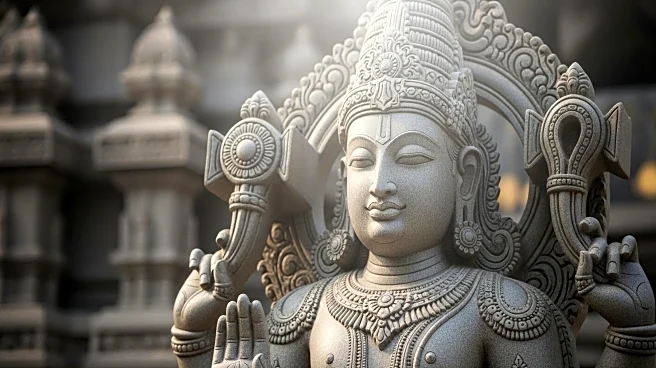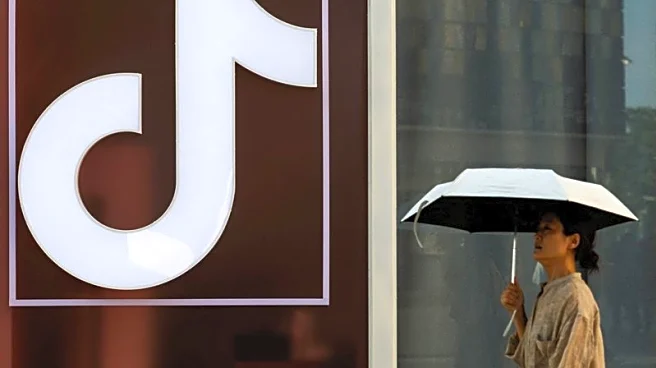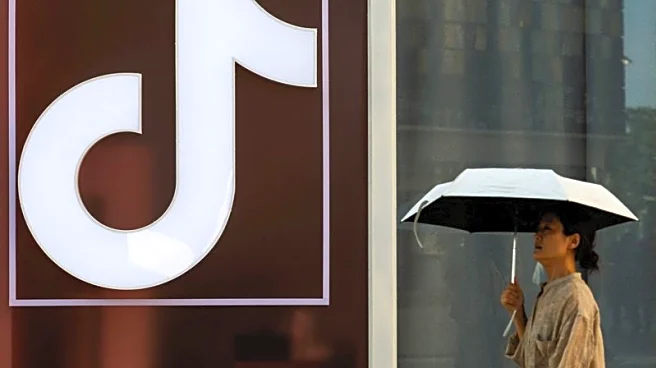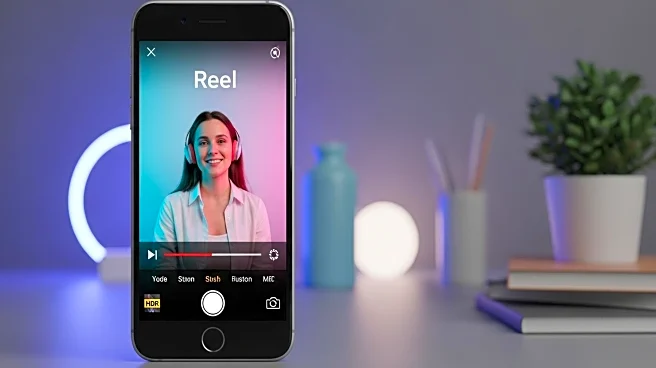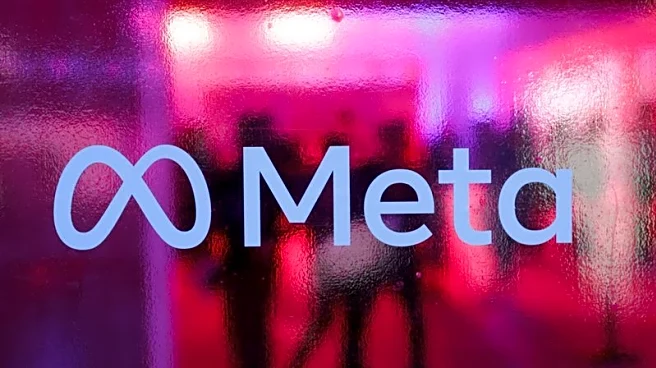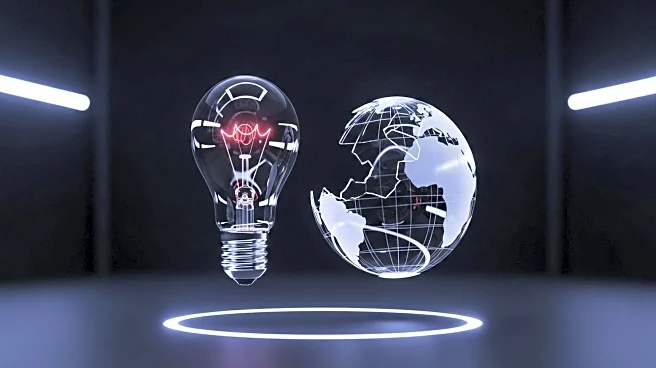What's Happening?
A video claiming to show the world's largest clay idol of the Hindu deity Ganesha has been circulating on social media platforms such as Facebook, X, Instagram, and Threads. The video, which was shared during the Ganesh Chaturthi festival, was created using AI tools like ChatGPT and Kling, according to its creator. The clip, which shows men crafting a large idol of Ganesha, has been debunked by AFP as AI-generated, with visual inconsistencies such as unnatural strokes of hands indicating its artificial nature. The creator specializes in 'AI-driven creativity' and has uploaded similar clips in the past. The tallest statue of Ganesha, standing at 39 meters high, is actually located at Khlong Khuean Ganesh International Park in Thailand.
Why It's Important?
The use of AI to create misleading content raises significant concerns about the spread of misinformation, particularly during cultural and religious events. Such content can distort public perception and undermine trust in legitimate sources. The ability of AI to generate realistic yet false imagery poses challenges for social media platforms and users in discerning authenticity. This incident highlights the need for increased vigilance and potential regulatory measures to address the misuse of AI in creating deceptive content. It also underscores the importance of media literacy and critical evaluation of online information.
What's Next?
As AI-generated content becomes more prevalent, social media platforms may need to implement stricter guidelines and detection tools to identify and flag misleading posts. There could be increased pressure on tech companies to develop AI systems that can differentiate between real and fabricated content. Additionally, governments might consider legislation to regulate the use of AI in media production, ensuring transparency and accountability. Public awareness campaigns could be launched to educate users on identifying AI-generated content and understanding its implications.
Beyond the Headlines
The ethical implications of using AI to create misleading content are profound, as it challenges the boundaries of creativity and deception. This development may lead to discussions about the role of AI in art and media, and the responsibilities of creators in using such technology. Long-term, the proliferation of AI-generated content could shift cultural norms around authenticity and originality, prompting a reevaluation of what constitutes genuine artistic expression.
